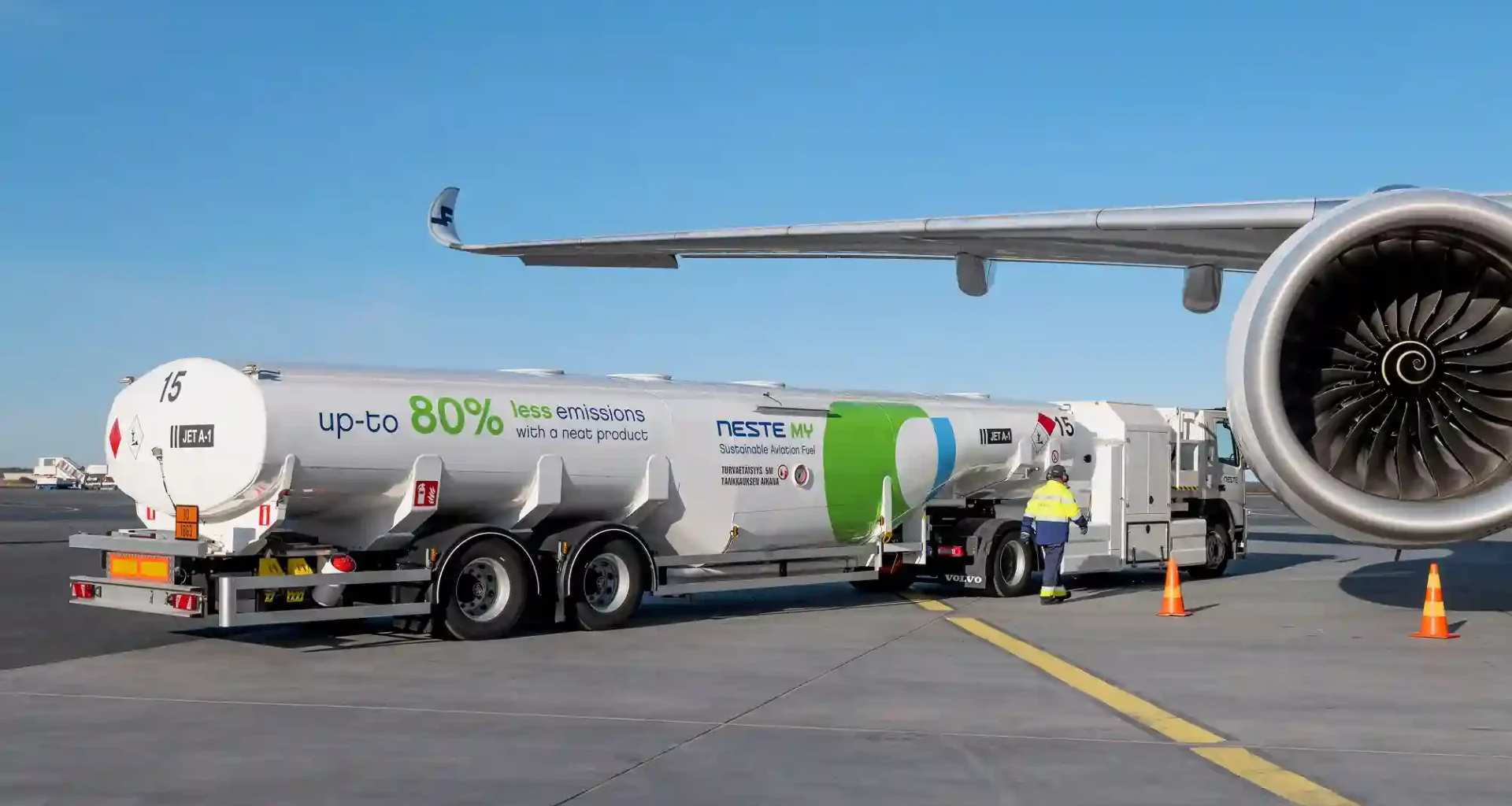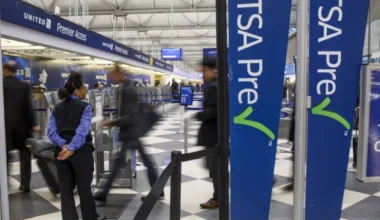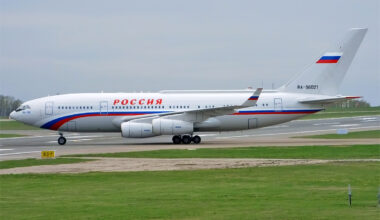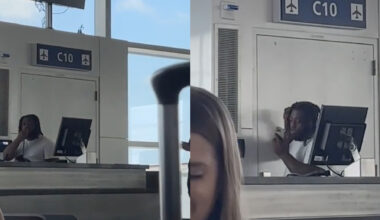We’ve just learned that a Virgin Atlantic 787 is set to depart London Heathrow for New York JFK on November 28 fueled entirely with Sustainable Aviation Fuel (SAF). Depending on who you ask, this flight represents commercial aviation’s leap towards net-zero carbon emissions or a big, fat, red herring. Let’s delve into what this really means, as well as reasons to be skeptical and (cautiously) optimistic.
What is SAF?
SAF, or Sustainable Aviation Fuel, is a broad term for a new kind of aviation fuel designed to reduce the sector’s carbon footprint. It’s manufactured from a range of renewable resources, often described as “feedstocks,” which can include waste from agricultural and forestry sectors, non-food crops, and industrial off-gases. While SAFs do emit carbon when burnt, the International Air Transport Association (IATA) estimates that they reduce emissions by roughly 70-80% over the course of the “fuel life-cycle” as they are made from waste products or plants that absorb CO2 while they grow. One form of SAF that holds particular promise is synthetic fuel, or e-fuel, which is generated through a process that captures carbon dioxide from the atmosphere.
SAF’s current use is very, very rare
As described by IATA’s chief economist, Marie Owens Thomsen, SAF “basically doesn’t exist” in practical terms. Airlines might be utilizing all the SAF available, yet it currently comprises just 0.1% of the total jet fuel required, and supplies are near-impossible to find in many parts of the world.
Why I’m skeptical about SAF
The aviation industry has set the ambitious interim target of producing 8 billion gallons of SAF a year by 2030, a hundred-fold increase from the current supply. While increased investment, quickly evolving technology, and policy support offer some hope the target might be reached, I’m skeptical that its use will catch on.
One reason SAF makes up just 0.1% of all jet fuel used is that its development and production are extremely expensive. Even at today’s relatively high jet fuel prices, a gallon of SAF costs around twice the price of its conventional counterpart. In an industry where net profit margins are around 2% in the best of times and fuel prices account for between 20% and 35% of an airline’s operating expenses, SAF just isn’t remotely viable.
Perhaps a bigger problem, though, is that even if the price of SAF does come down, creating enough of it would be nearly impossible because a staggering amount of feedstock would be required. Just the fuel needed for Virgin’s upcoming flight between London and New York, for example, will require the fat from an estimated 8,800 pigs to produce. As Tim Clark, the president of Emirates, put it, “There are only so many animals you can slaughter to get the oil.”
The Aviation Environment Federation’s policy director, Caitlin Hewitt, echoed Clark’s skepticism, stating that “there’s no feedstock” and that the carbon neutrality of some SAFs is questionable, especially those derived from unsustainable processes such as intensive agriculture or animal fats, or plastic manufacture.
Synthetic fuels or e-fuels, which involve capturing carbon dioxide from the air, don’t require as much feedstock, but the process to create it is extremely energy-intensive, possibly even necessitating the use of nuclear energy.
Conclusion
I really do hope that November’s first-ever net-zero transatlantic flight powered entirely by SAF signals the start of a breakthrough in aviation’s path toward decarbonization–but I have my doubts. The journey toward sustainable aviation is fraught with challenges, and while SAF offers promise, realizing its full potential will necessitate overcoming huge logistical, technological, and financial hurdles.
At the same time, there are reasons to be hopeful. Numerous initiatives are emerging, particularly here in the US, to explore and enhance SAF technology, and the industry is witnessing a surge in investment and policy backing.
I’m excited to see what happens over the next few years and I’m crossing my fingers that the industry makes tangible progress toward cutting emissions, whether using SAF or other tools.







1 comment
New technology available to be plugged into existing facilities: https://www.comstockfuels.com/
Abundant cellulosic feedstock that sequesters more carbon that is emitted by use of the resulting fuels. Carbon negative.
Comstock.inc